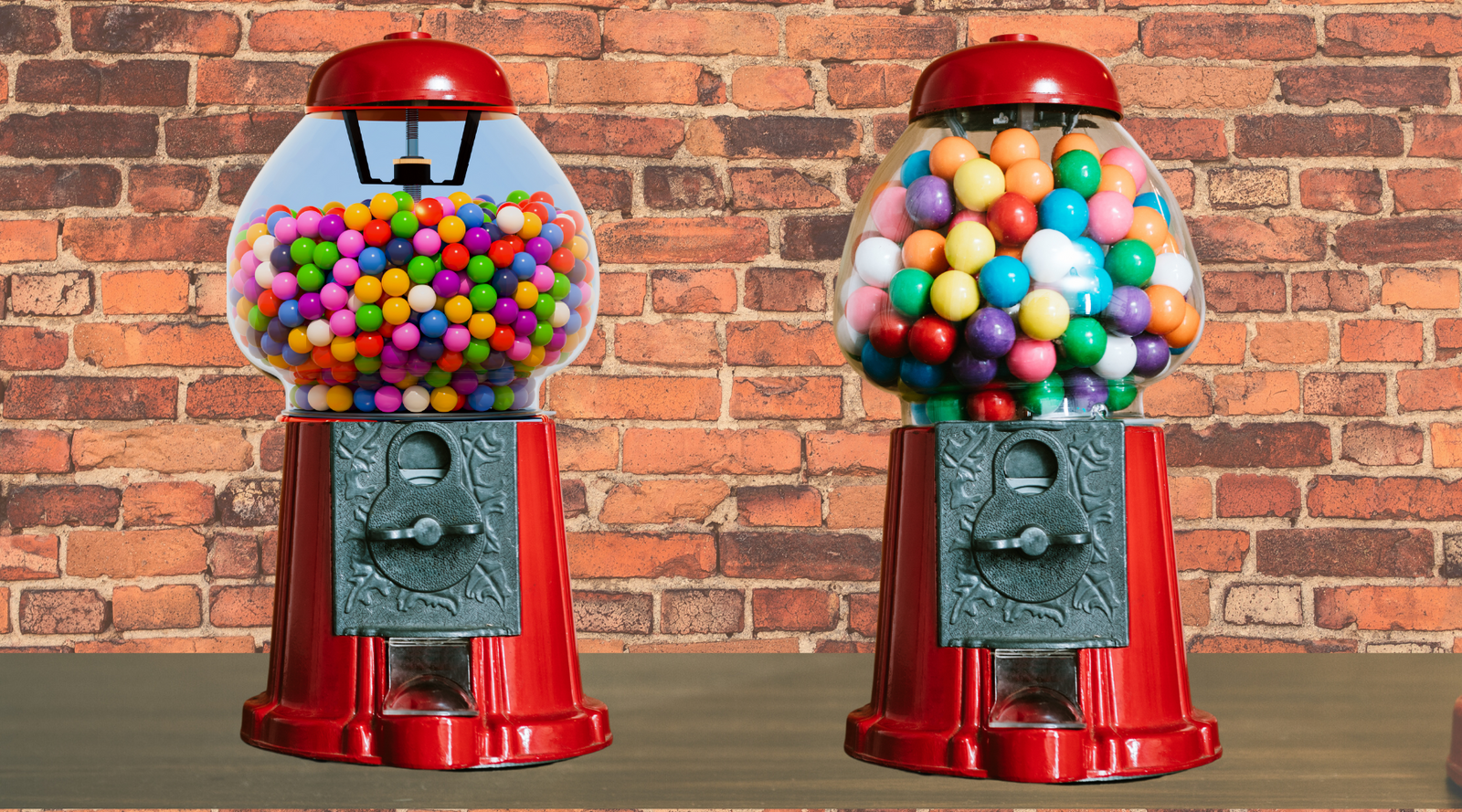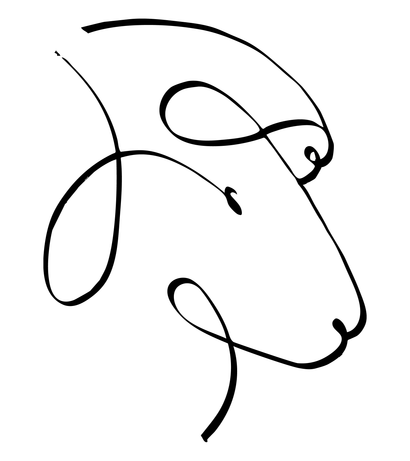Free shipping on all domestic orders over $150
Free shipping on all domestic orders over $150
Shop
Add description, images, menus and links to your mega menu
A column with no settings can be used as a spacer
Link to your collections, sales and even external links
Add up to five columns
Add description, images, menus and links to your mega menu
A column with no settings can be used as a spacer
Link to your collections, sales and even external links
Add up to five columns

Gauge in knitting - an easy to understand explanation - Gumballs and Gauge
August 22, 2022 3 min read
First of all, there are no dumb questions. If you are confused, it’s because the topic is confusing. That’s it. With just two stitches, knitting could seem exceedingly simple, but I would like to point out that the world’s most complex computers are built on just two numbers: Zero and one. Two stitches, infinite combinations and manipulations. Knitting. is magic that lets you transform yarn into fabulous garments with nothing more than pointed sticks and your own imagination and skill. We should all be at Hogwarts.
Second, when a student asks me a question, it’s a chance for me to better learn and understand knitting. There is no more powerful method of learning a technique or concept than to teach it. Good teachers know their materials so well that they can explain it in a multitude of ways to each of their students, because all students learn differently. When students don’t understand what I’ve said, they are challenging me to reframe the situation and come up with a new way to explain and demonstrate. That effort helps me improve as a teacher and as a knitter. I am grateful for every opportunity to learn and learn and grow. .
Recently there have been a lot of questions about gauge both in the shop and in Club Crazy for Ewe.
For example, a pattern will have a stated gauge of 20 stitches per 4 inches. The knitter will work a swatch on a US 6 (4.0mm) and get a gauge of 22 stitches per 4 inches.
She reasons, “Oh, my gauge number is too high– I need a lower number, I will use a smaller needle to get the lower number.” The next swatch on a US 5 is even higher. “How can this be?” she wonders.
Gauge is confusing. It doesn’t work the way we think it should. Large needles and thick yarn should have a large gauge, right? Seems logical, but it’s wrong. Gauge is counter-intuitive. It has what’s called an inverse relationship with the size of the stitches. The larger the yarn and needles, the smaller the gauge. The smaller the yarn and needles, the larger the gauge.
Here’s a visual that often helps. Picture a gumball machine. Just one of those old-fashioned round jobs with a red base and a clear globe on the top. Okay? Right, So we can put any size gumballs we want in our machine.
Now, let’s say you have a bag of gumballs - the size that you remember from when you were a kid. They cost a penny. Let’s say that our gumball machine holds 100 of those gumballs inside its globe.
You with me?
Okay. Now let’s say you have another bag of gumballs, but these are those ginormous jaw-breaker-sized gumballs. The ones that used to cost a quarter. You go to put them in the machine, but they’re so much bigger that only 25 of them will fit.
The smaller gumballs have a gauge of 100 gumballs per globe
The larger gumballs have a gauge of 25 gumballs per globe.
You could maybe get mini gumballs half the size of the first - they might have a gauge of 150 or 200 gumballs per globe.
Or you could get super-giant gumballs and only 5 of them would fit.
It’s the same with our stitches. The smaller the stitches, the more of them that fit in 4 inches. Socks are typically knit with very fine yarn on very small needles and have a gauge of 27-32 stitches in 4 inches. Small stitches, big gauge.
Super bulky yarn might have just 6-9 stitches in 4 inches. Big stitches, small gauge.
If you do your swatch, and your gauge number is higher than it should be, you need to make larger stitches, which you will do with a larger needle.
If you do your swatch, and your gauge number is lower than it should be, you need to make smaller stitches, which you will do with a smaller needle.
There are lots of other things to consider regarding gauge, like the texture of your fabric, etc, but I hope this helps you understand the confusing concept of gauge.
I am always grateful for your questions and the opportunity to help us both learn and grow.
Warmly,
Ellen

